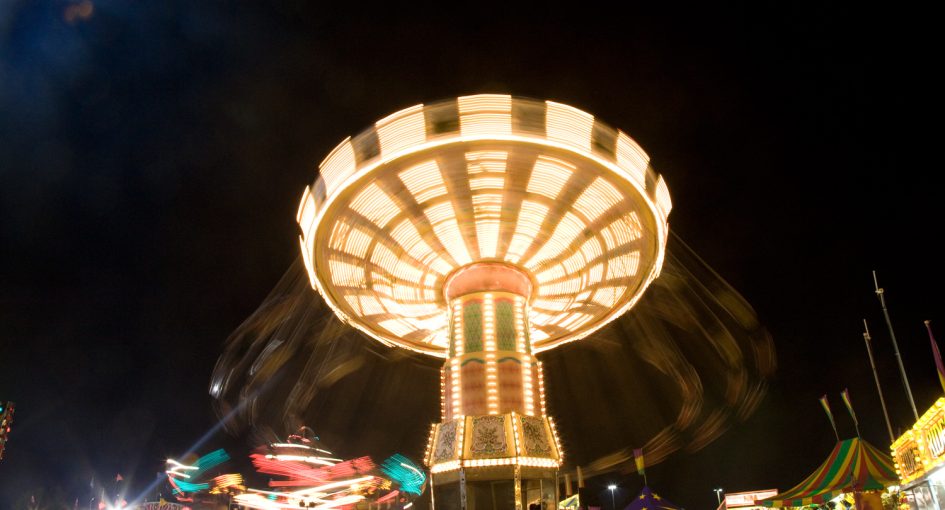[Full disclosure: Mascola Group is the marketing partner for The Big E, the fifth largest fair in North America]
A recent report from IBIS World suggests that amusement parks have been doing great over the past five years. There’s been a strong rebound in the industry since the recession ended. And as consumer spending has risen, amusement parks have kept pace by investing in new displays and technologically advanced rides.
According to Daily Finance, however, this story might be a bit inflated. While both Cedar Fair and Six Flags posted annual revenue increases of 6% and 4%, respectively, their growth was largely due to raising admission prices and a spike in in-park spending. Their actual gate only went up 2%.
This could (and should) have a huge effect on marketing strategy for state fairs.
If you’re the President or Marketing Director at a state fair, here are a few tips for using this information to your advantage.
- Go outside your normal geographic market. Odds are you are within close proximity of either a Cedar Fair or a Six Flags theme park. Instead of thinking within your typical target market radius, look at theirs. In fact, think beyond it. Many fairs spend significant amounts of money where brand awareness is almost 100%. Even a slight shift to opportunity markets can make a world of difference.
- Show your target a price/value comparison. These amusement parks may have more technologically advanced rides than what you offer on the midway, but that’s usually all they have included in admission. And they have been raising their prices. Let’s take a look at Dallas, TX. At the State Fair of Texas, a family of four gets through the turnstiles for $60. If they want to go to Six Flags over Texas, it’s $230. That’s almost four times the price. And I’m willing to bet Six Flags does not have ostrich races.* That alone is worth the $60.
- Differentiate yourself from the amusement park. When you look at an amusement park as your competitor, it’s tempting to try to replicate what they do in their marketing efforts. Don’t. You don’t need to. What you offer is so much more authentic. People are passionate about their state fairs. They feel an emotional tie that you just don’t get with theme parks (Disney excluded). Capitalize on that.
*If you’re curious about what ostrich races look like (and who isn’t?), consider your curiosity sated:
